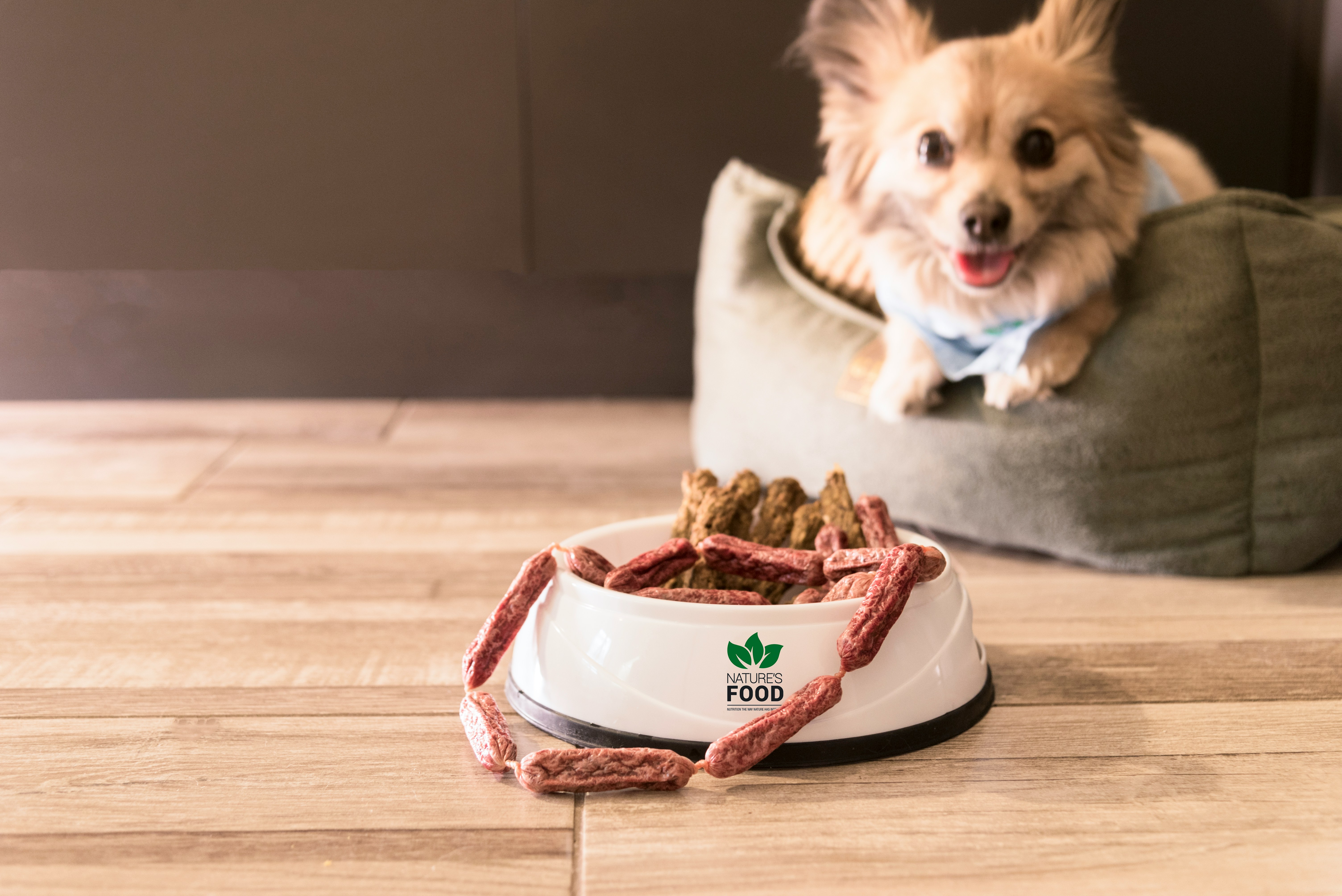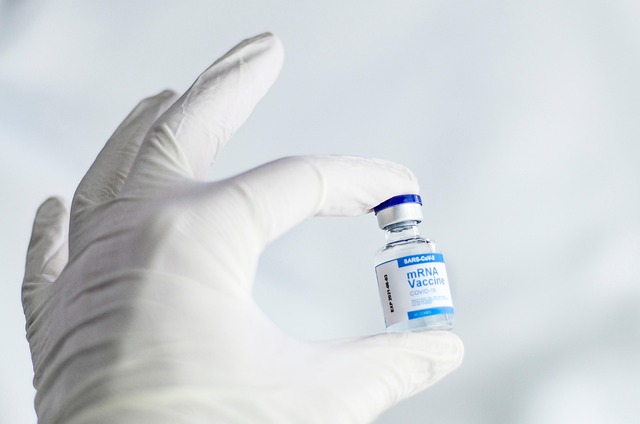Non-Invasive Fat Reduction: Modern Methods That Actually Work
Modern fat reduction technology has revolutionized how people approach body contouring without the risks and downtime of traditional surgery. From ultrasound treatments to cryolipolysis, non-invasive methods offer promising alternatives for those seeking to eliminate stubborn fat deposits. Understanding these options, their effectiveness, and which might work best for your specific goals is essential before making any commitment to treatment.

What Are the Most Effective Non-Invasive Fat Reduction Methods?
The non-invasive fat reduction landscape features several clinically proven technologies that deliver impressive results. Cryolipolysis, commonly known by the brand name CoolSculpting, works by freezing fat cells to trigger their natural death. The body then gradually processes and eliminates these cells over the following weeks. This FDA-approved treatment typically reduces fat in treated areas by 20-25% after a single session.
Radiofrequency (RF) technology, featured in treatments like Vanquish and Exilis, delivers controlled heating to fat cells, causing them to break down while sparing surrounding tissues. These treatments often provide the added benefit of skin tightening due to collagen stimulation.
Laser-based treatments such as SculpSure use selective wavelengths to penetrate the skin and heat fat cells to destruction. A relatively quick procedure at just 25 minutes per session, SculpSure can target multiple areas simultaneously and works well for those with less pinchable fat.
How Effective Is Ultrasound Fat Reduction?
Ultrasound fat reduction, exemplified by treatments like UltraShape and HIFU (High-Intensity Focused Ultrasound), uses sound waves to disrupt fat cell membranes with remarkable precision. The effectiveness of these treatments has been documented in multiple clinical studies, with UltraShape showing an average of 2.5 cm reduction in waist circumference after three treatments.
What sets ultrasound technology apart is its ability to target fat without affecting surrounding tissues, blood vessels, or nerves. The precision allows practitioners to sculpt specific areas with minimal discomfort during treatment. Most patients require three sessions spaced two weeks apart for optimal results.
Results typically begin appearing within 2-3 weeks following treatment, with maximum results visible after 12 weeks as the body naturally eliminates the disrupted fat cells. Patient satisfaction rates for ultrasound fat reduction tend to hover around 86-90%, making it one of the more reliable non-invasive options.
What Factors Should Be Considered When Choosing a Fat Reduction Method?
Selecting the right non-invasive fat reduction method requires careful consideration of multiple factors. First, identify your specific body contouring goals—whether targeting small pockets of stubborn fat or addressing larger areas. Different technologies excel at different types of fat removal challenges.
Your body type and fat composition matter significantly. Those with firmer, pinchable fat typically respond better to cryolipolysis, while diffuse fat patterns might benefit more from radiofrequency or ultrasound treatments. Skin laxity is another consideration, as some technologies offer both fat reduction and skin tightening benefits.
Time commitment should also factor into your decision. Some treatments require multiple sessions spaced weeks apart, while others deliver results in fewer visits but might take longer for results to fully manifest. Additionally, consider your pain tolerance—most non-invasive treatments cause minimal discomfort, but sensation varies between technologies from intense cold to warmth to tingling.
What Makes Someone an Ideal Candidate for Non-Surgical Fat Removal?
The ideal candidate for non-invasive fat reduction is someone within 30 pounds of their target weight who maintains a relatively healthy lifestyle. These treatments are designed to address stubborn fat deposits resistant to diet and exercise—not as weight loss solutions for obesity. Most effective results occur in patients with good skin elasticity who can maintain stable weight following treatment.
Medical considerations are important as well. Those with certain conditions like cryoglobulinemia, cold agglutinin disease, or paroxysmal cold hemoglobinuria should avoid cryolipolysis treatments. Similarly, patients with metal implants in treatment areas should discuss alternatives to radiofrequency procedures with their provider.
Realistic expectations remain perhaps the most crucial qualification. Non-invasive treatments typically provide a 20-25% reduction in fat within treated areas—noticeable improvement but not as dramatic as surgical options. Understanding this reality helps ensure satisfaction with treatment outcomes.
Is Non-Surgical Fat Removal Right for Your Body Goals?
Determining if non-surgical fat removal aligns with your body goals requires honest self-assessment. These treatments excel at targeting specific problem areas like love handles, abdomen, thighs, and under-chin fat when you’re already maintaining a healthy weight. However, they cannot replace comprehensive weight management or address significant fat volumes.
The psychological aspect of body contouring deserves consideration too. Many patients report increased confidence and improved body image following successful treatment, but these benefits depend on maintaining realistic expectations. Non-invasive procedures deliver more subtle, natural-looking results compared to surgery—an advantage for those seeking improvement without drastic change.
Additionally, these treatments require patience. Unlike surgical procedures that provide immediate visual changes, non-invasive approaches gradually reveal results over weeks or months as your body processes treated fat cells. This timeframe can be beneficial for those who prefer discrete transformation but challenging for those wanting instant gratification.
What Are the Real Costs of Non-Invasive Fat Reduction Treatments?
Non-invasive fat reduction represents a significant investment in your appearance. Treatment costs vary considerably based on technology, treatment area size, geographic location, and provider expertise.
| Treatment Type | Average Cost Per Session | Sessions Typically Needed | Total Average Investment |
|---|---|---|---|
| CoolSculpting | $600-$1,500 | 1-3 | $1,800-$4,500 |
| UltraShape | $1,000-$1,500 | 3 | $3,000-$4,500 |
| SculpSure | $400-$1,000 | 2-3 | $800-$3,000 |
| Vanquish RF | $500-$1,000 | 4-6 | $2,000-$6,000 |
| Emsculpt | $750-$1,500 | 4 | $3,000-$6,000 |
Prices, rates, or cost estimates mentioned in this article are based on the latest available information but may change over time. Independent research is advised before making financial decisions.
Many providers offer package pricing or financing options to make these treatments more accessible. When comparing costs, consider the complete treatment protocol required to achieve desired results rather than just per-session pricing. Additionally, factor in the potential longevity of results—while the initial investment may exceed that of temporary solutions like creams or wraps, the lasting effects often provide better long-term value.
Non-invasive fat reduction technologies have transformed the body contouring landscape, offering scientifically validated alternatives to surgical procedures. While they cannot replace healthy lifestyle habits or address significant weight issues, these treatments effectively tackle stubborn fat deposits with minimal risk and downtime. By carefully evaluating the various technologies, understanding realistic outcomes, and selecting reputable providers, many individuals find these modern methods deliver meaningful, confidence-boosting results that enhance their natural physique.
This article is for informational purposes only and should not be considered medical advice. Please consult a qualified healthcare professional for personalized guidance and treatment.




